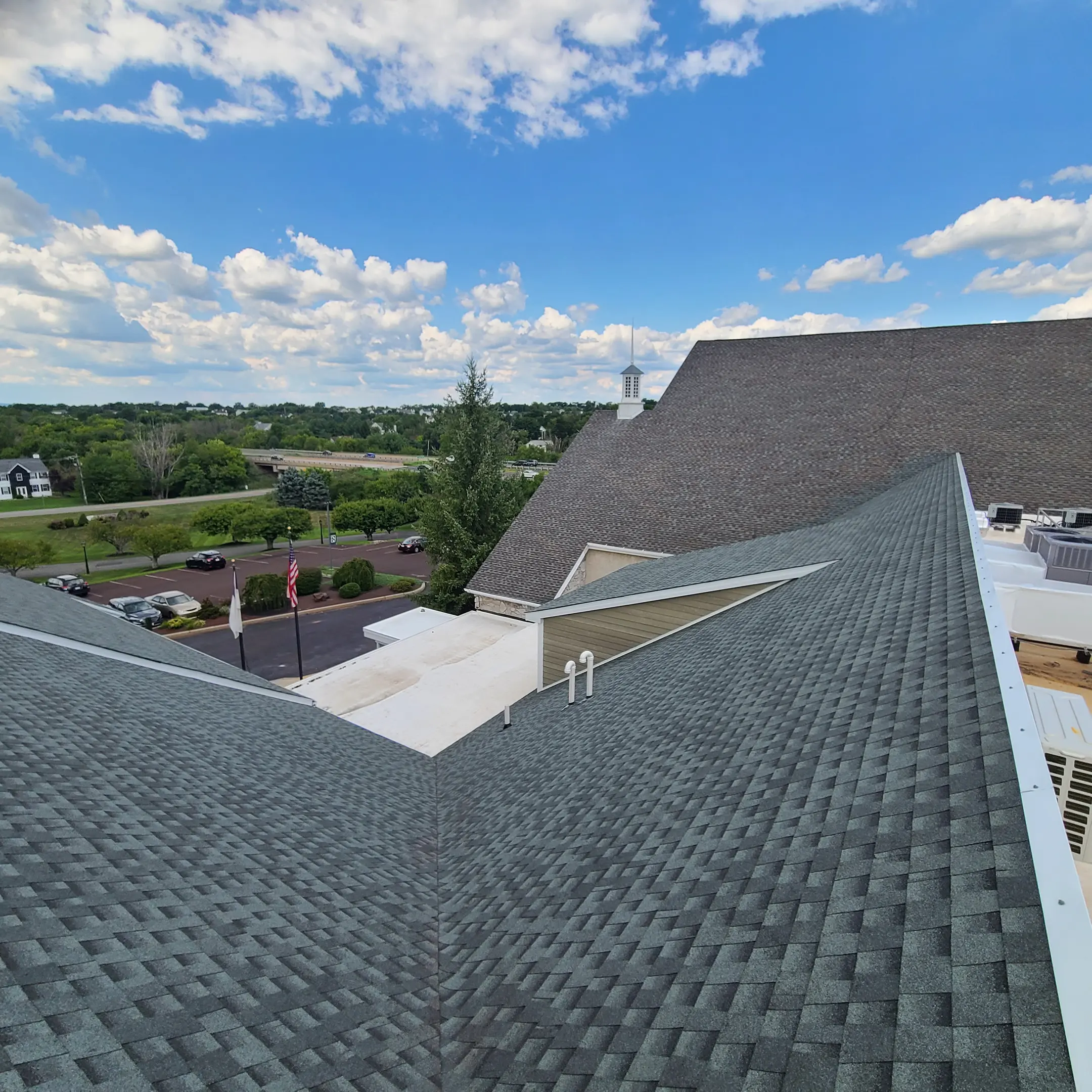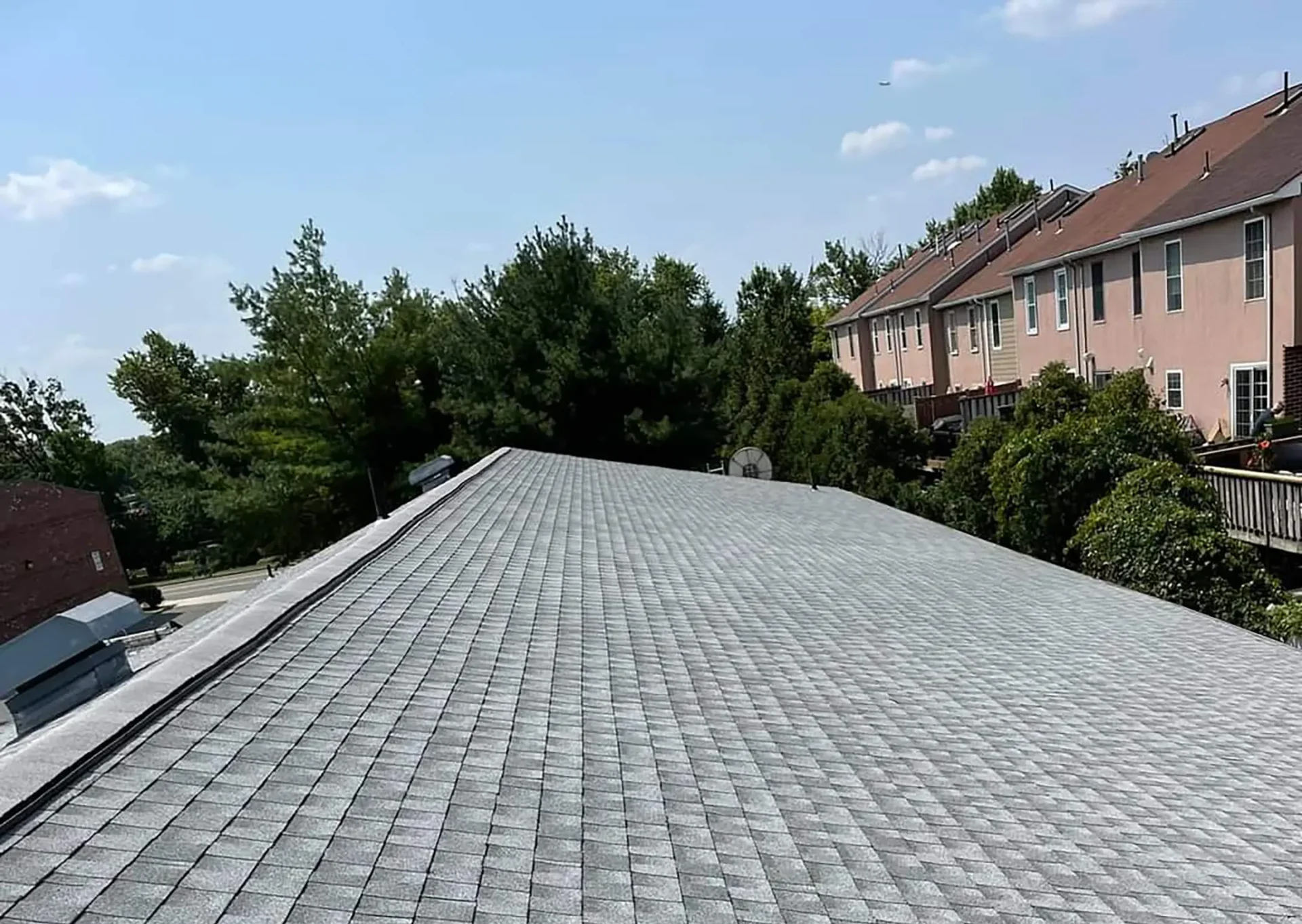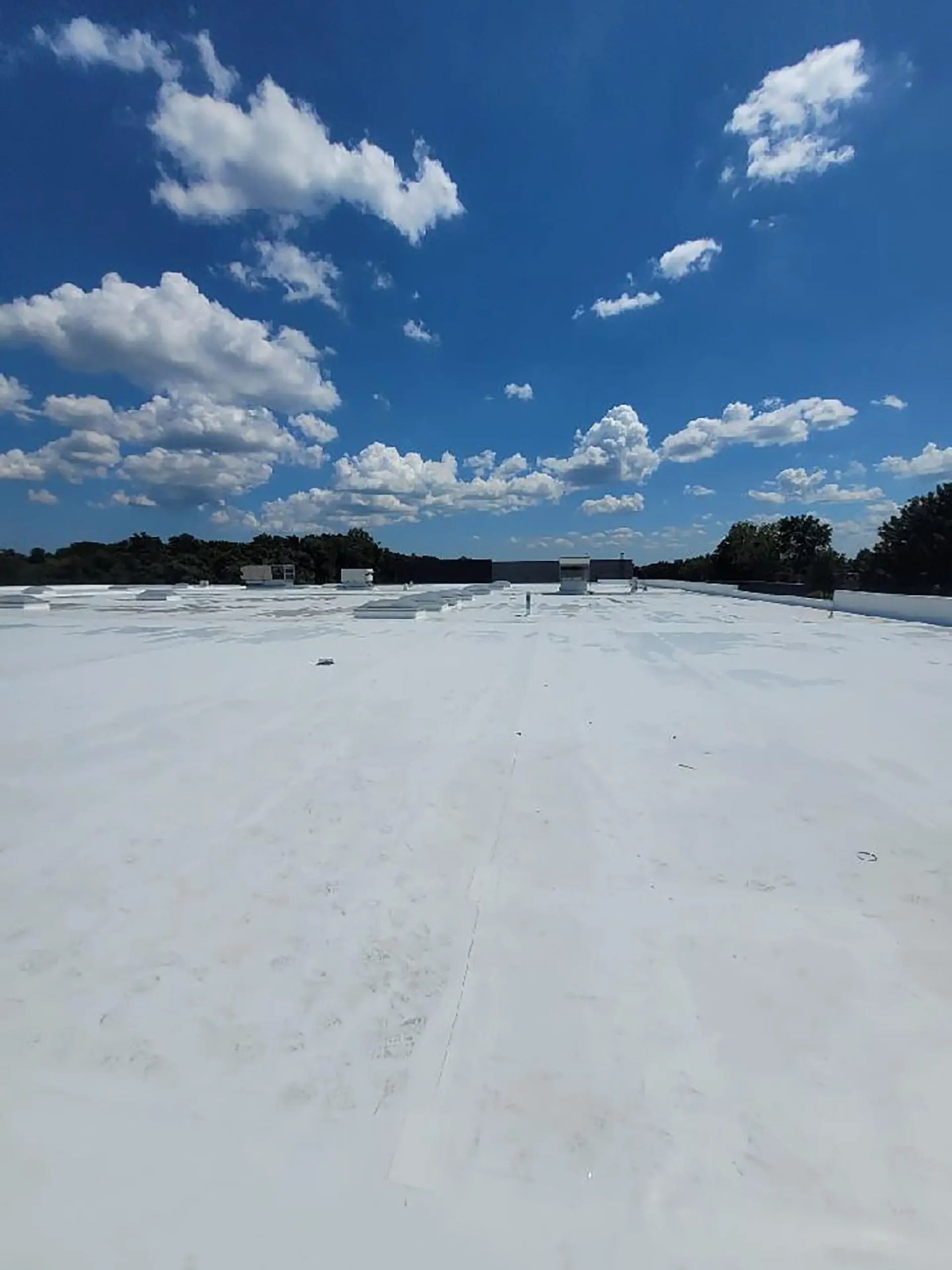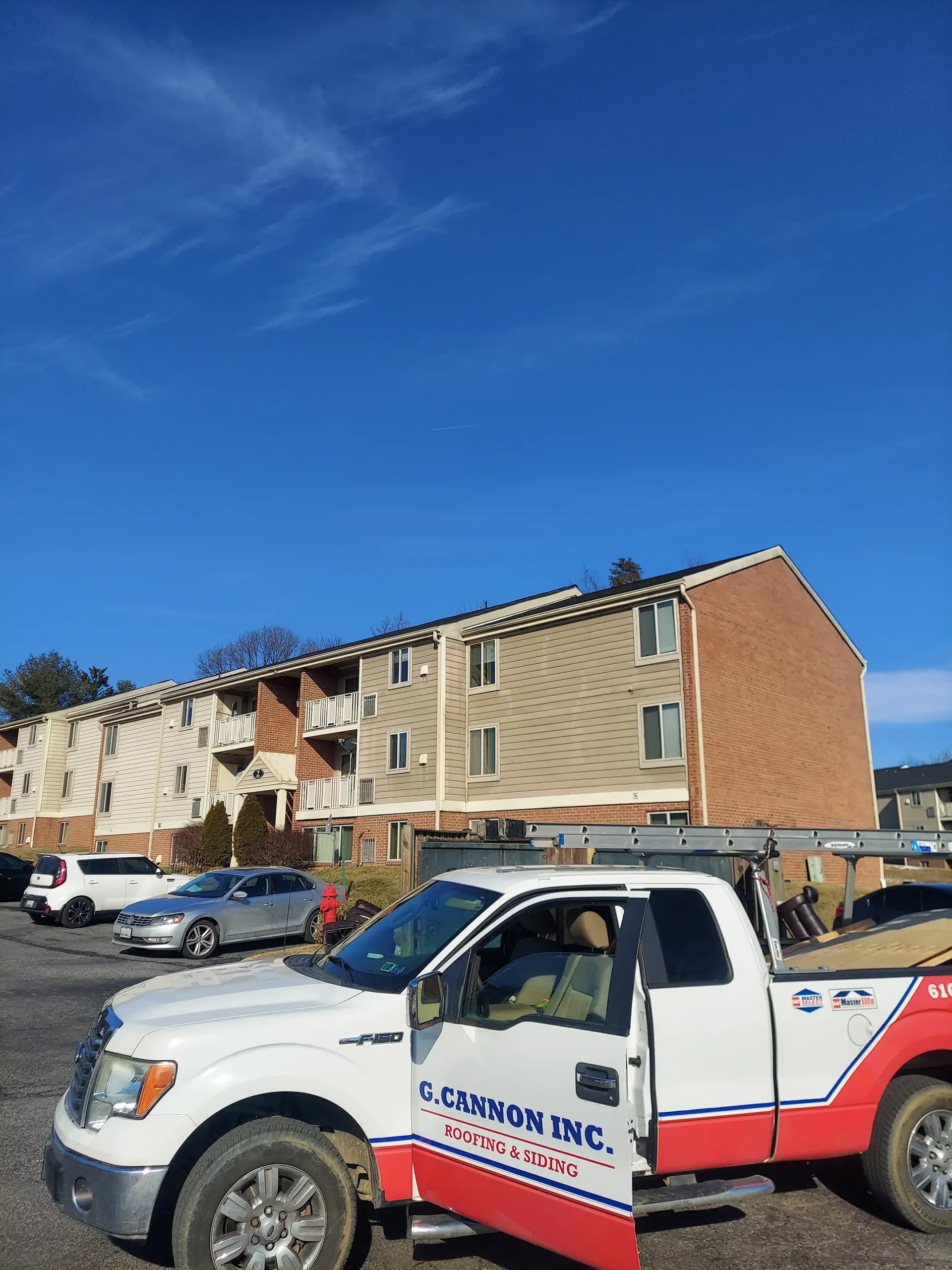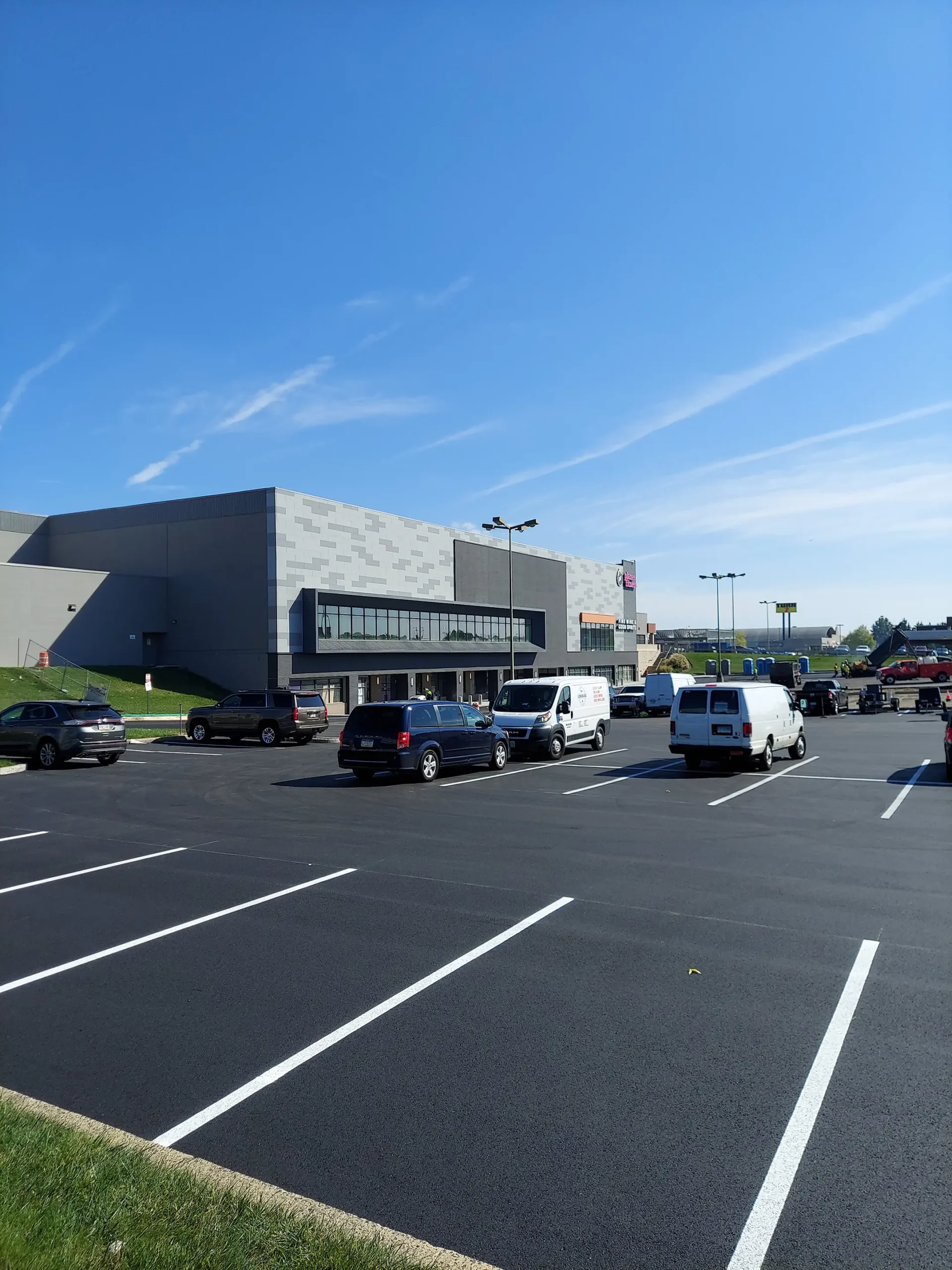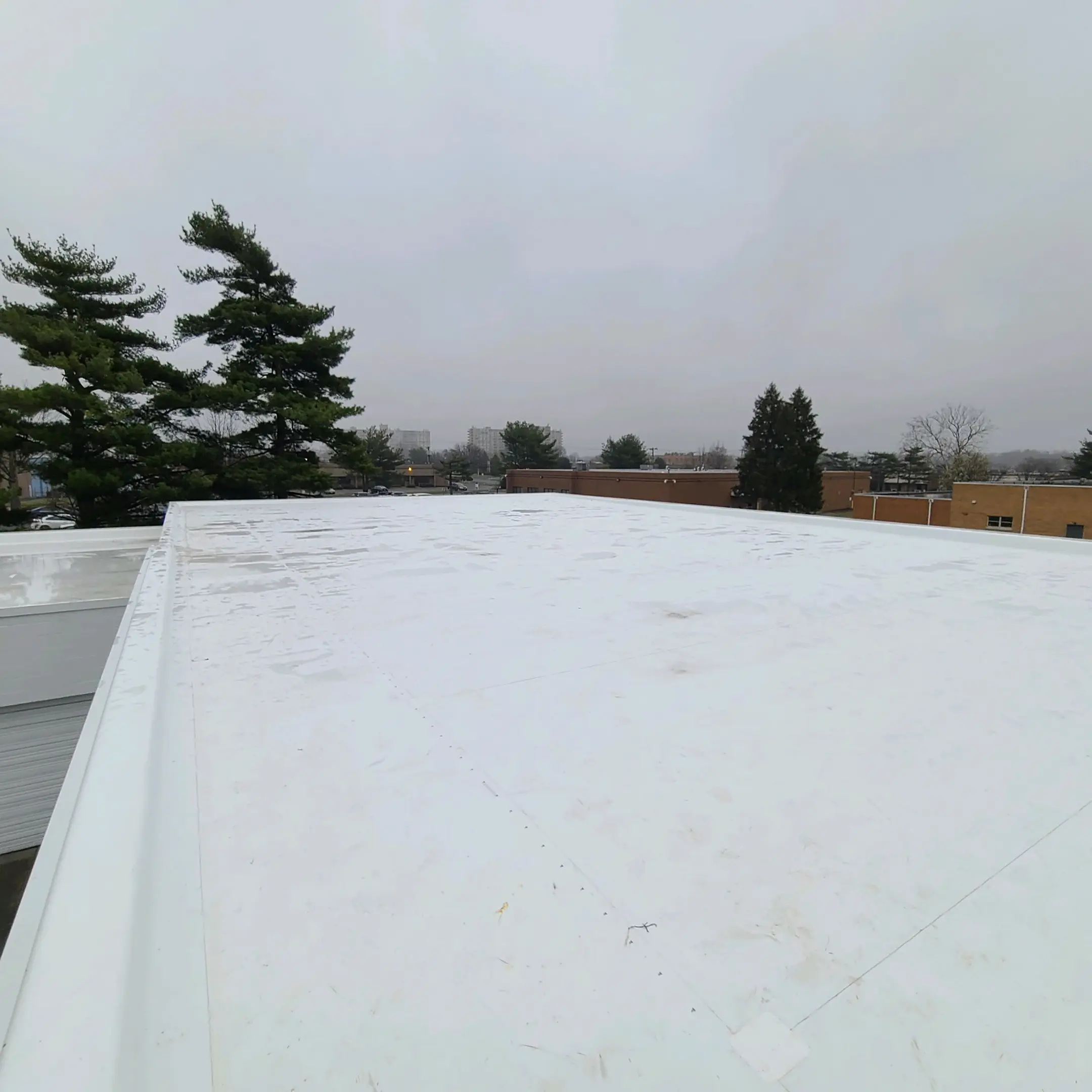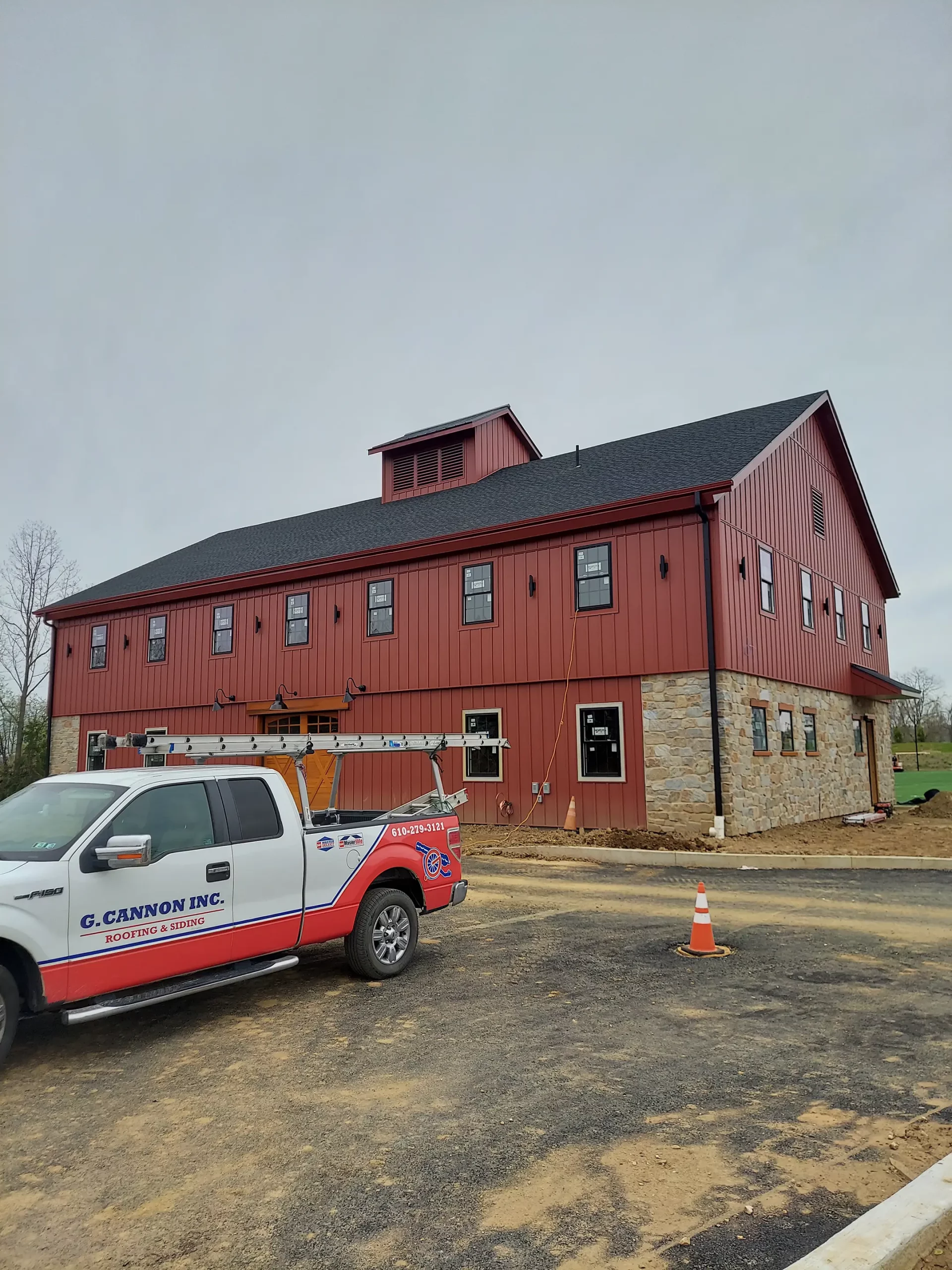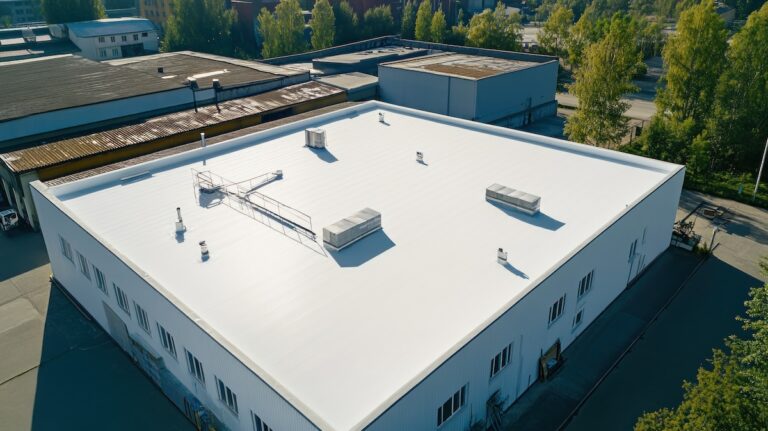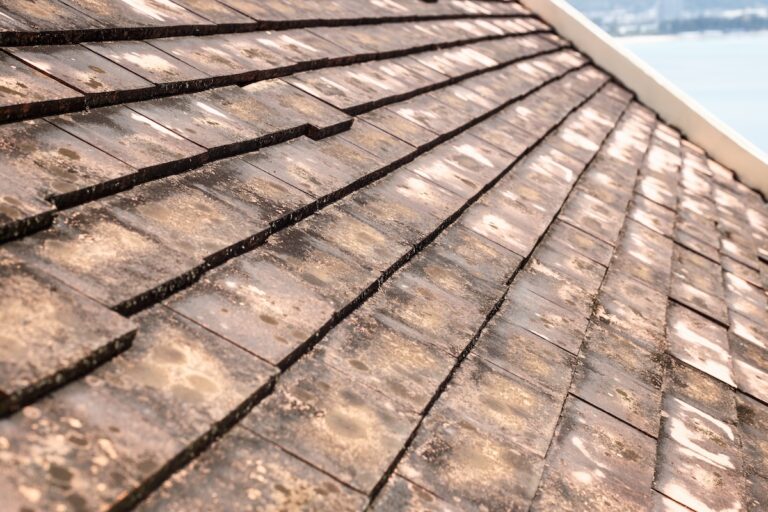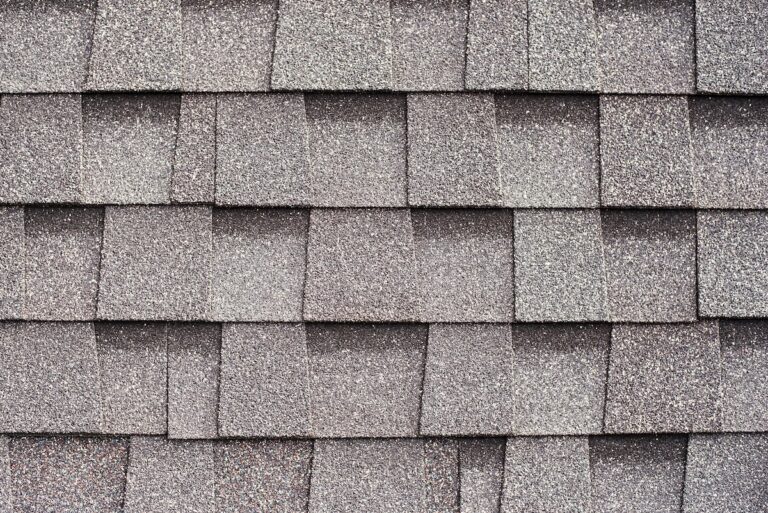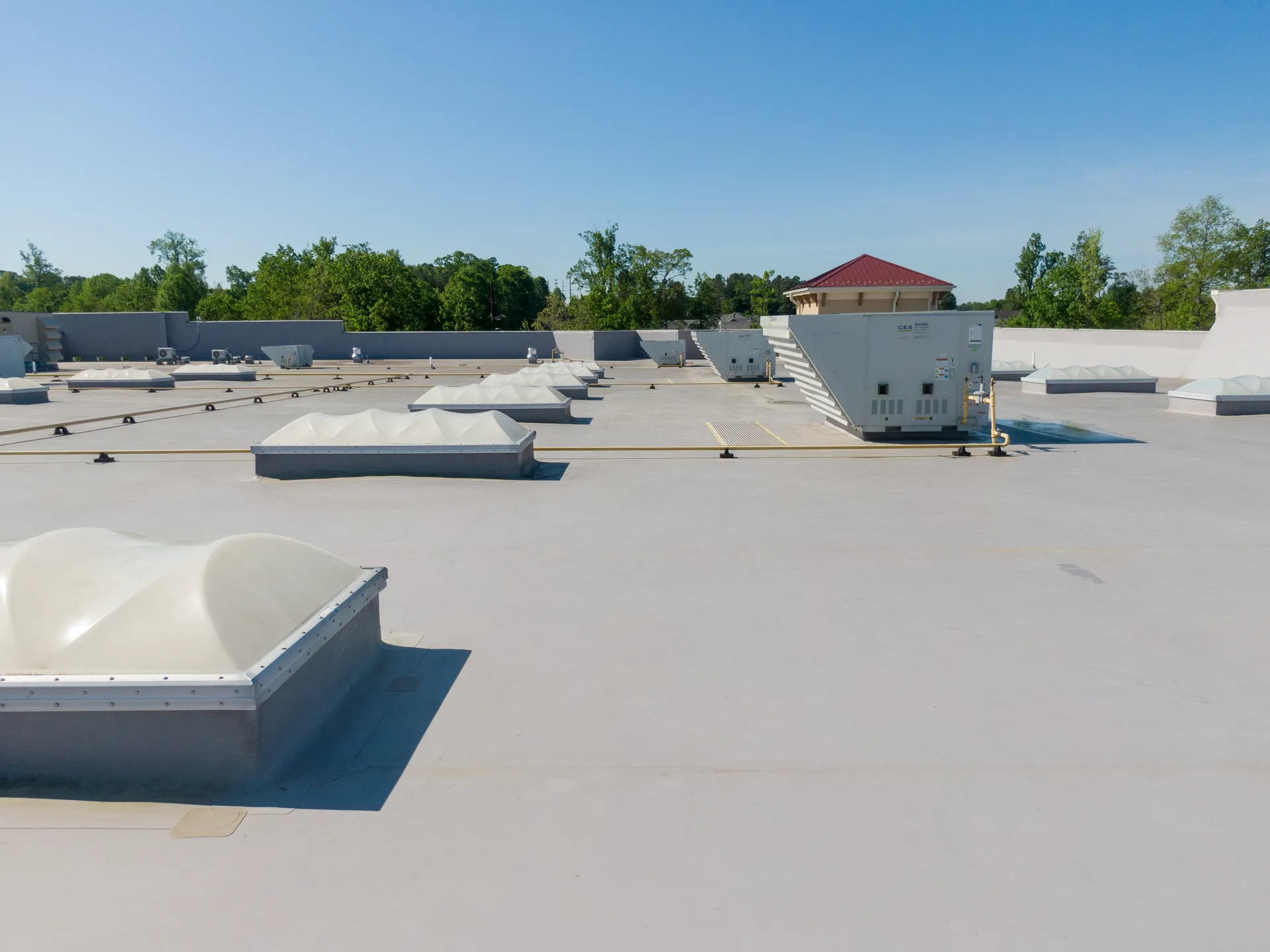
Royersford's Top-Rated Commercial Roofing Company
-
GAF Master Elite Contractors

-
4.4-star rating on Google

-
Outstanding warranties

At G. Cannon Roofing, we are proud to serve Royersford, PA with expert commercial roofing services. Our skilled roofing contractors specialize in everything from roof repairs to roof replacements, ensuring your commercial building is well-protected.
We offer solutions for all types of roofs, including metal roofing and EPDM roofing, guaranteeing long-lasting results. Whether you need a roof repair or a new roof installation, we are the trusted roofing company to handle all your commercial roofing needs in Royersford, PA.
Get In Touch With Us!
TRUSTED BY THE BEST
Our Promise to You Is Our Best Work Every Time
At G.Cannon, we truly care about our customers. As homeowners ourselves, we believe our neighbors should receive the best possible service at a fair price they can afford.
You should feel safe and confident with your exterior home services from start to finish. That is why G.Cannon’s promise to you is quality workmanship at a fair price and without the worry, every time.
Royersford Roofing Done Right
Custom Commercial Roofing Solutions
When it comes to commercial roofing in Royersford, PA, you can rely on G. Cannon to provide tailored solutions to meet your specific needs and upgrade your business’ roofing system.
Our roofing contractors offer a range of commercial roofing services, including roof repairs, roof replacements, and custom installations for commercial buildings. Whether you’re dealing with a roof leak, water damage, or want to explore metal roofing options, our team has decades of expertise in serving Pennsylvania business owners with long-lasting services.
Whether you’re interested in EPDM, PVC, or TPO flat roofing or you’re ready to install durable metal roofing panels, we do it all. Contact us today for a free estimate!
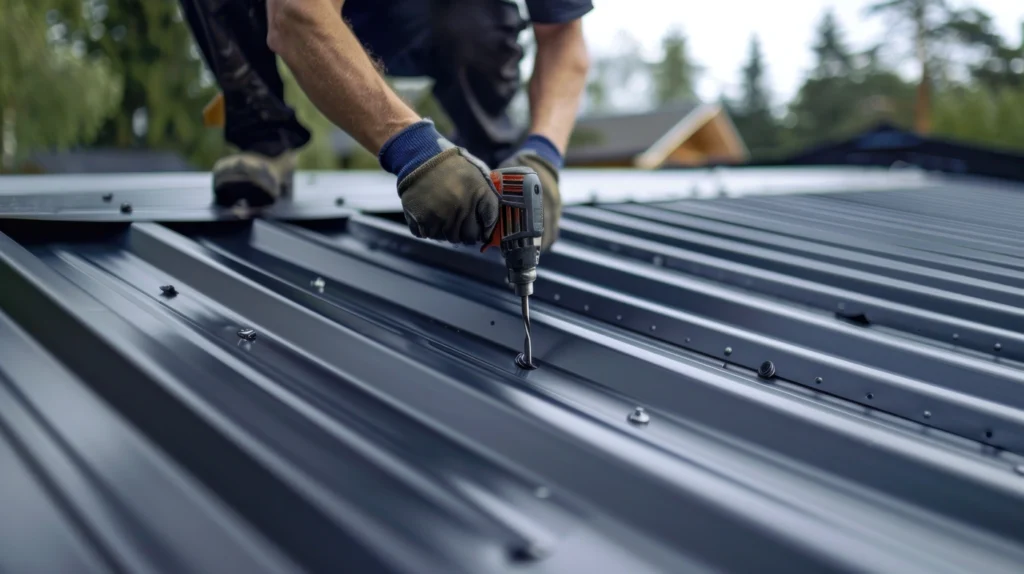
Your Trusted Roofing Experts in Royersford
Royersford residents rely on us for all their roofing needs, and we’re confident you will too! With decades of experience, we understand the unique needs of our local communities. Our commitment to great customer service prioritizes you and your property. Known for our friendly, reliable, and responsive service, we assist you through every step. Find out why we’re the leading roofing company in Pennsylvania!
Top-Notch Customer Service
At G. Cannon, customer satisfaction is our top priority. We go above and beyond to deliver outstanding commercial roofing services in Royersford, PA, and all over our great state. Our roofing contractors are experienced professionals who take pride in every roof repair, roof replacement, and installation we perform.
Whether you need quick roof repairs or are looking for long-term maintenance, you can count on us for high-quality roofing materials to ensure durable, dependable results, from EPDM roofing to metal roofing solutions and more.

Our process

Phone Call
Our friendly representative is here to take your call and schedule your free estimate.

Free Estimate
Our skilled estimators will inspect your home and provide a clear and detailed estimate for the required services.

Sales Meeting & Follow-Up
Our estimator will explain the service process and material details and then provide you with all the necessary information to make an informed decision.

Schedule Job
Our representative will communicate with you and you will be added to our work schedule at the earliest availability.
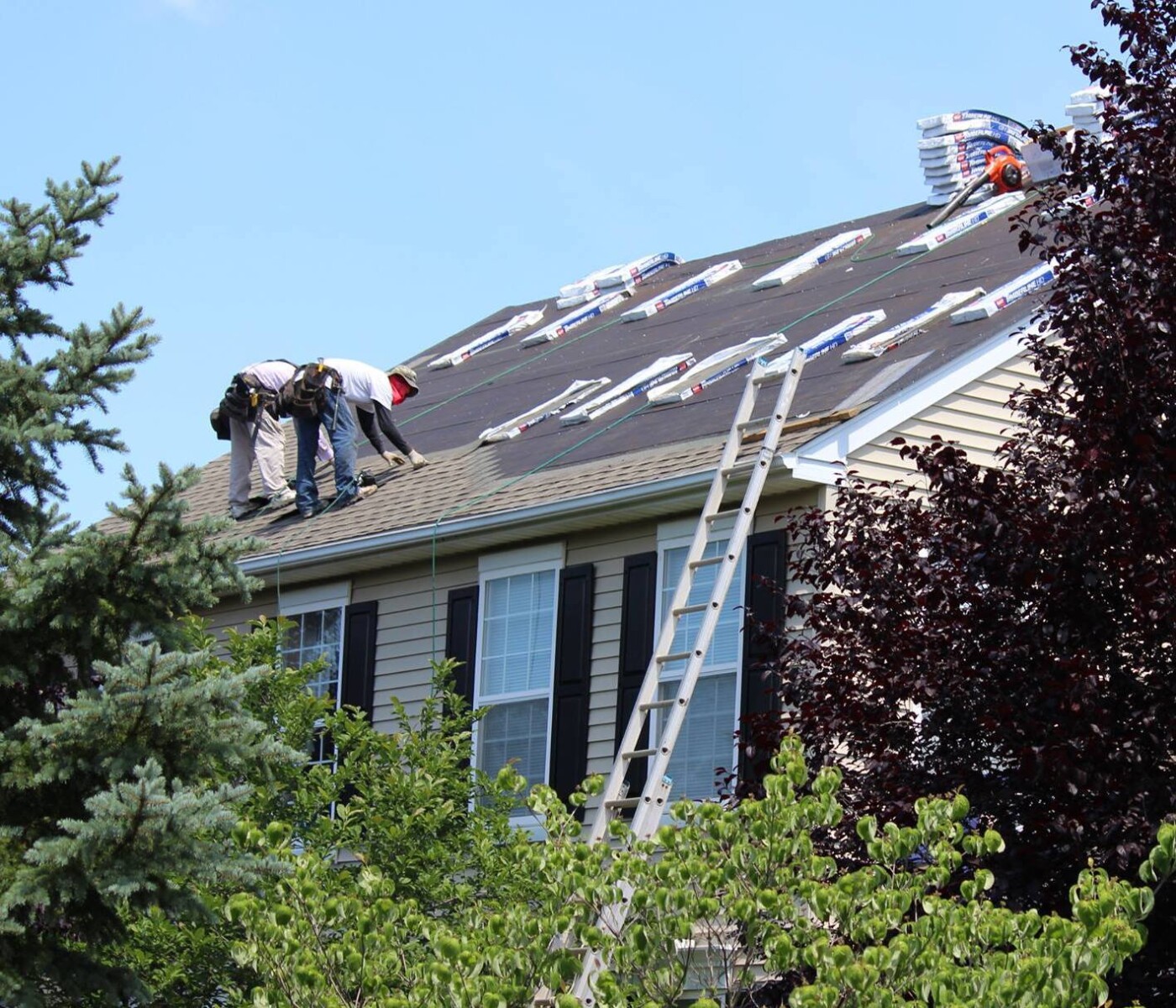
Perform Work
A G.Cannon representative will be available to meet with you at the beginning of the project. A qualified G.Cannon crew will perform the designated work on the scheduled date.
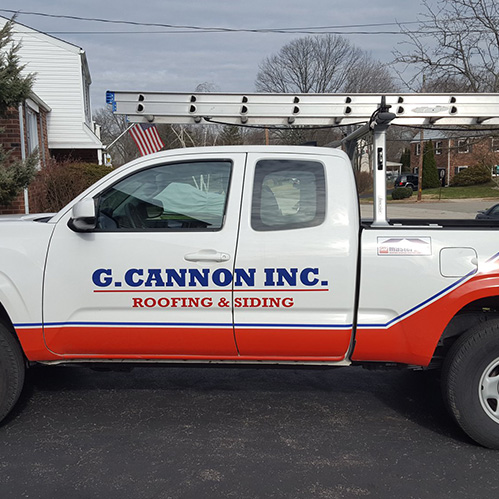
“We help you choose what’s best for your home or business. We guarantee top-notch service and cleanup.”
Jerry Cannon // Owner + CEO
Our Core Values
We Guarantee Quality
No Hassle
Commitment to quality
Trusted Relationships
Delivering value
Serving Pennsylvania Businesses Since 1967
Our team of highly trained and experienced roofing contractors is dedicated to providing outstanding customer service, and we’re proud to have served homeowners in Pennsylvania since 1967.
We offer FREE on-roof evaluations so that we can determine the best course of action for your roof, and we’ll work with you every step of the way to make sure you’re taken care of.
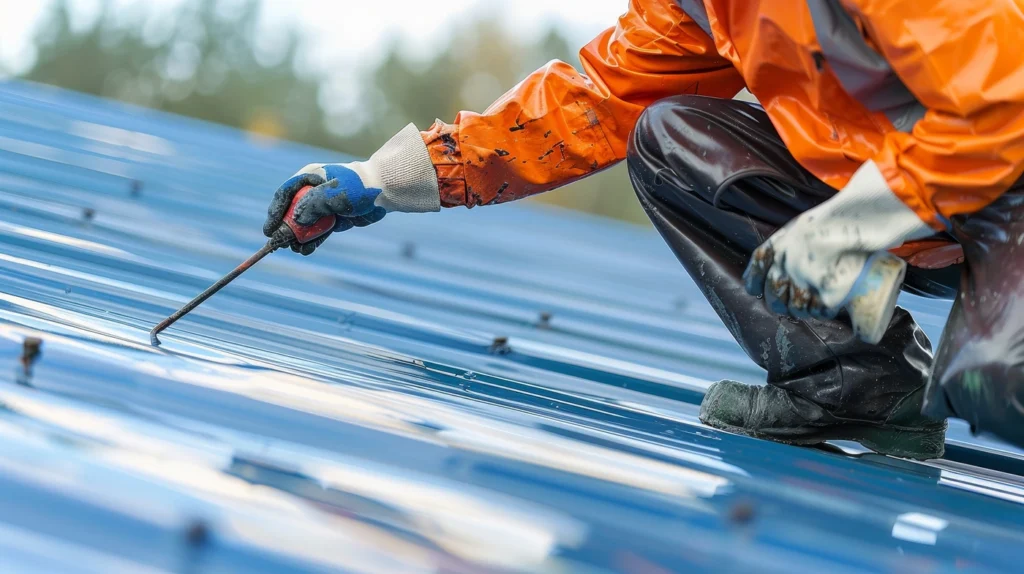
Where We Deliver Top-Notch Work
Proudly serving the Pennsylvania and surrounding areas, we’d love for you to consider us as your go-to crew for top-notch roofing and siding services.
Frequently Ask Questions
How long will my project take from start to finish?
How soon can you start?
Are you licensed and insured?
What types of services do you offer?
Services we offer include roofing, siding, windows, and gutters.
How do I know whether I need a repair or a new installation?
With your free estimate, our competent technician will give you the right information to make the best decision for your home and your wallet – regardless of whether or not you choose us for the job.











